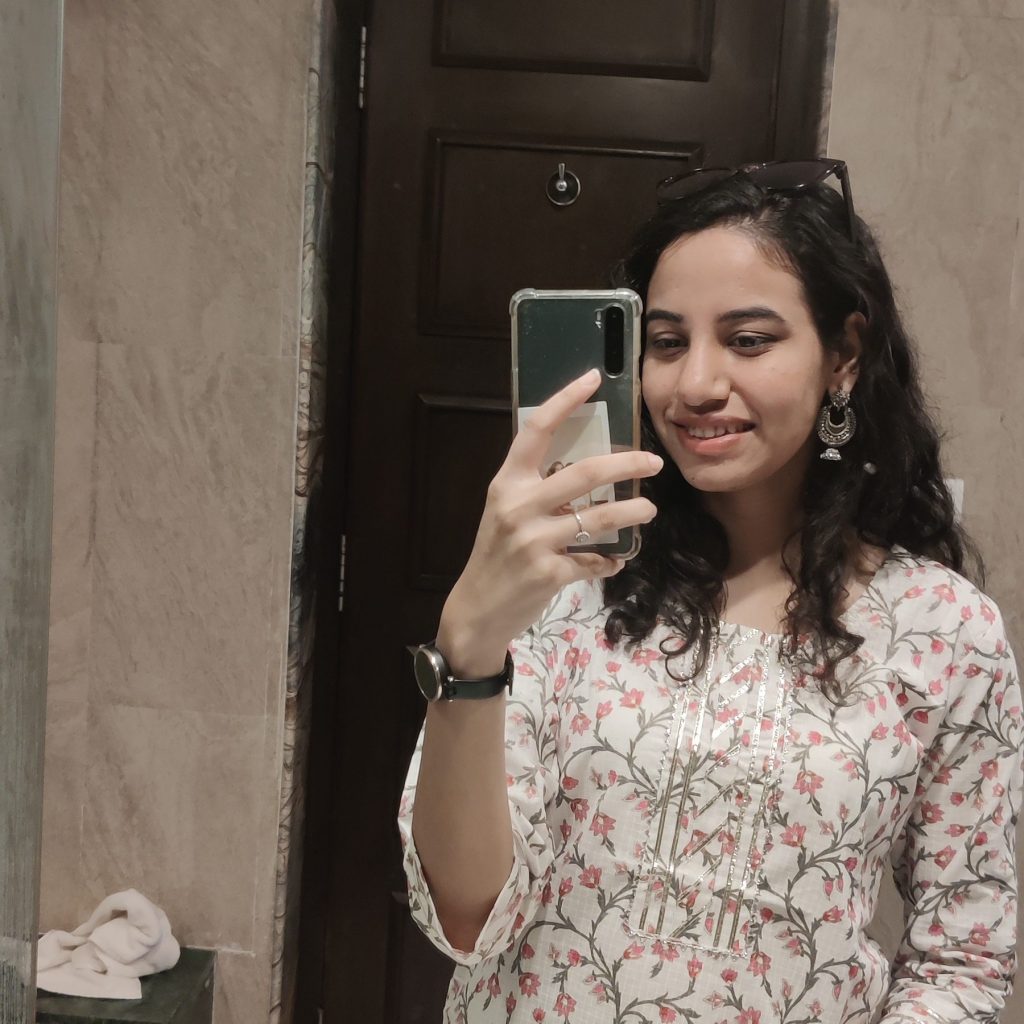Written Response: I recorded myself speak the written response and then typed it again including all the sounds and pauses I took while speaking. This was done as my experiments were about sound mapping.
My investigation offf the “Hackeney Farm” space was focused on uhh.. the animals and their interaction with people. Soon I discovered that the “Farm” was uh…. actually a farm build for the experience of a farm for people living in the city. The author of Uncorporate Identity refers to “sealand” as a manmade island and Uh.. an ImagiNation that challenges the definition of a nation. The theme of my investigationnn relates a… to these ideas of challenging the definition of a traditional farm. “Why waste time going to country side farm if we can create one here?” Similar to “ Why waste time trying to discover the truth, when you can so easily create it?” (David Baldacci, ‘The Whole Truth,’ quoted in Newsweek) The critique of traditional farmland andd the rise of manmade experiences and questions about theirrr Uh…. authenticity were raised. The rise of digital age and lack of connection to nature has made man seeking Uh…. “authentic experiences” to his convenience. A farm in its true definition revolves around the animals, but when made into an experience, the perspective shifts to the humans and the animals become props – almost manmade. My investigation. led me to think A… about deeper implications of such creations similar to “sealand”. The speculative, provocative and subversive nature of “sealand” connects to my investigation and the questions it raises.
My investigation employs. a a a a similar phenomenological method, like in “Species of Spaces”. It is focused on how spaces feel, their use and how people play an important part in it. The method of mapping led to multiple versions of the same space, Uh… but perceived differently, similar to how the street was broken down by the author into fragments and then taken apart. Perec’s approach A….. mirrors mine in thattt it begins with a broad perspective, gradually zooming in to focus on finer details. The method involves. first observing factual information, then A… posing speculative questions that shift the perspective, exploring ideas about human nature Uh… and the meaning of true experience. The author describessss the same street in many ways, highlighting many different aspects of it which providesss a… new perspective. Similar to the mapping which also provides a new lens with every iteration.
Reference List
Perec, G. (1974) Species of Spaces and Other Pieces. London: Penguin.
Vishmidt M. (ed.), Metahaven (ed). (2010) Uncorporate Identity. Zurich: Lars Müller Publishers.
What did you learn about the site, and what questions has this project generated?
My Learnings:
- The farm was built for an “authentic farm experience” in the city by the people.
- The farm offers many volunteering and educational bookings for children.
- Mostly local families visit the farm on weekends
- There is a set protocol to do things at particular timings and the animals have now been conditioned to that environment and routine.
My Questions:
- What does authentic experiences mean?
- What is the true meaning of a farm?
- Is this farm doing justice to the animals and people who come to visit?
What did you learn about the method(s) and what questions has this project generated?
My Learnings:
- Sketching
- Focused on people, narratives, their fashion, their expressions, their belongings, specific activities and their emotions.
- Found similar patterns of parent-child bonding and recording of these “farm memories”
- Notetaking
- At first I just wrote down my thoughts about the general farm. Then I broke it down into specific animals and areas.
- This helped me focus on one thing in isolation to everything else around it. I noticed the details of colour, movement, patterns in behaviour and subjective observations about how friendly I thought an animal was in comparison to others.
- Textures
- Focused on things and animals in a very zoomed in way. Found interesting textures in unexpected places like bricks and sign boards.
- My focus shifted to aesthetic appeals of a particular texture leaving out any other things that were otherwise grabbing my attention.
- Mapping – Main method
- Overarching focus. Started with a zoomed out perspective.
- Realised that the farm is very strictly divided into sections by various gates, fences, equipment placements and so on. I mapped paths, locations, divisions, placements of animals, emotions throughout the far, and sound.
- Sound :
- Mapping data is not accurate -it’s my perception of data represented in my way Maps don’t have to be a birds eye view of the place with accurate locations of things. They can be represented in many different ways.
My Questions:
- How to map sounds that I cannot hear – above or below a certain frequency?
- What is the meaning of a map? How can we make maps that not following the traditional format but also plot information?
- Is my perception and interpretatin of a sound I have mapped authentic?
- Does authenticity mean accurate?

Leave a Reply